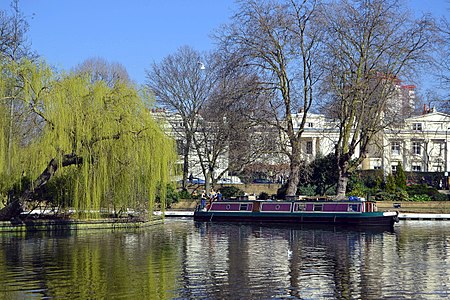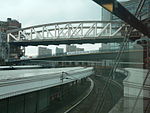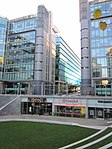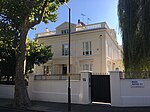Little Venice
AC with 0 elementsAreas of LondonGeography of the City of WestminsterMaida ValePaddington

Little Venice is a district in West London, England, around the junction of the Paddington Arm of the Grand Union Canal, the Regent's Canal, and the entrance to Paddington Basin. The junction forms a triangular shape basin. Many of the buildings in the vicinity are Regency white painted stucco terraced town houses and taller blocks (mansions) in the same style. The area is 2.5 miles (4.0 km) west-north-west of Charing Cross and immediately north-west of Paddington.The Little Venice ward of the City of Westminster had 11,040 residents in 2015. Warwick Avenue runs through the area, which is also served by a tube station of the same name.
Excerpt from the Wikipedia article Little Venice (License: CC BY-SA 3.0, Authors, Images).Little Venice
yes, London Paddington
Geographical coordinates (GPS) Address Nearby Places Show on map
Geographical coordinates (GPS)
| Latitude | Longitude |
|---|---|
| N 51.52 ° | E -0.18 ° |
Address
London Shell Co.
yes
W2 6EP London, Paddington
England, United Kingdom
Open on Google Maps










